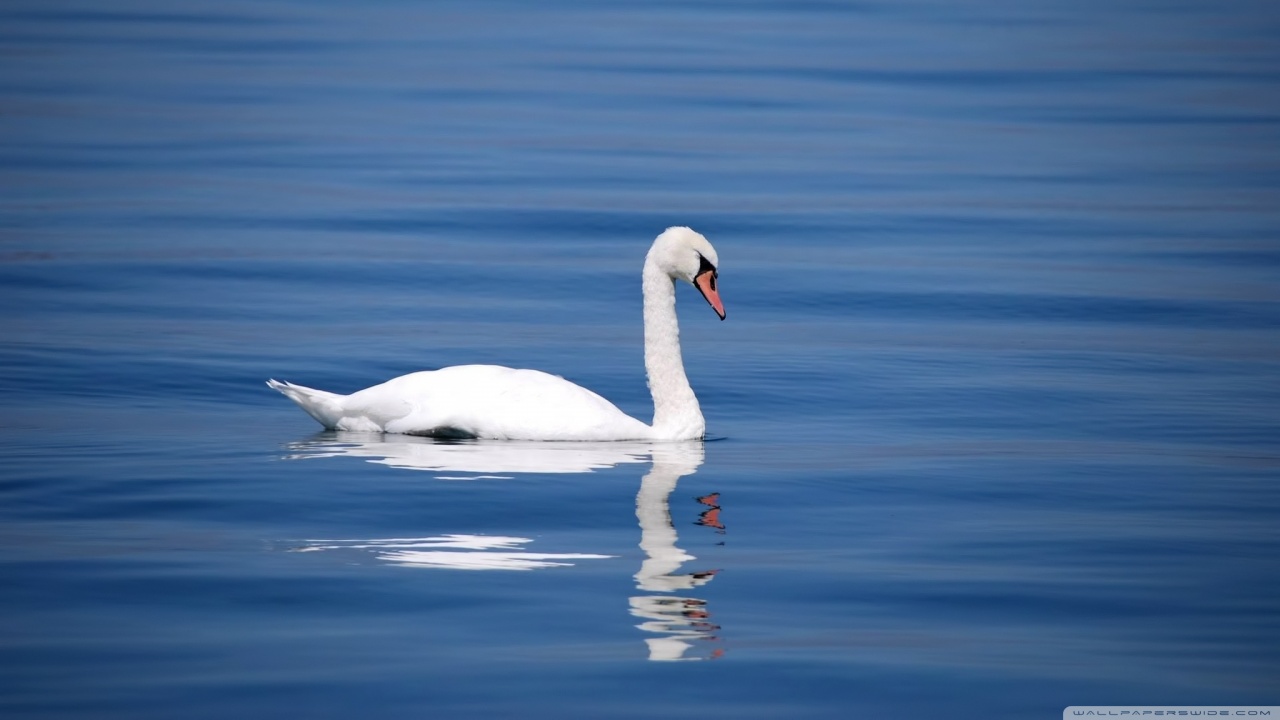
Top Ten Things – Animal appearances often mislead people into thinking they are harmless. Soft fur, playful behavior, and gentle eyes create an image of innocence. In reality, many cute looking creatures possess powerful defenses, strong instincts, or venom that can harm humans. People forget that these animals belong to the wild and act based on survival. Understanding their behavior and respecting their space can prevent accidents. The following list reveals animals that seem adorable but can become dangerous when provoked or approached carelessly.
“Read More: Street Food Wonders: Exploring Local Eats Around the Globe”
Panda bears attract attention with their round shape and calm behavior, but their physical power makes them dangerous. Their jaws can crush bamboo easily, and their teeth can cause serious injuries. Pandas also use their strong muscles to deliver powerful swipes. Tourists often underestimate them and try to get close for photos. Sudden movements or loud noises can trigger aggressive reactions. Observing pandas from a distance keeps both people and animals safe. Respect for their wild instincts remains essential.
Dolphins entertain people with their intelligence and playful movements, but they can act aggressively when disturbed. They have sharp teeth and strong jaws capable of painful bites. In the wild, dolphins sometimes chase smaller animals and occasionally confront humans who enter their territory. Their speed and strength make them unpredictable. Swimmers should maintain distance to avoid provoking defensive behavior. Admiring dolphins from afar ensures safety and allows them to move freely without interference.
“Read About: 10 Shocking Facts That Will Leave You Speechless and Change How You See the World”
Swans look peaceful as they glide across water, yet they defend their nests with intensity. During breeding seasons, swans hiss, charge, and strike anyone who gets too close. Their wings are strong enough to injure people or other animals. Many visitors at parks try to feed swans, not realizing the risk. Keeping space between humans and swans prevents conflicts. Observing their elegant movements from afar remains the safest way to enjoy their presence.
The slow loris looks sweet with its round eyes and gentle movements, but it hides a venomous bite. When threatened, it raises its arms to collect toxin from glands and mixes it with saliva before biting. The venom can cause swelling and allergic reactions. People often mistake its slow behavior for friendliness, which leads to dangerous interactions. Respecting the slow loris as a wild animal prevents harmful situations for both sides.
The blue ringed octopus amazes divers with its glowing patterns, but its venom can paralyze a human within minutes. This small creature lives in shallow coastal waters and delivers a powerful neurotoxin through its bite. Many accidents happen when people pick it up, thinking it is harmless. Its bright rings appear when threatened, signaling danger. Avoiding contact with unfamiliar sea animals prevents deadly encounters.
Deer appear gentle but can be aggressive during mating season. Males fight for territory and may charge at anything that approaches. Sudden human encounters can lead to kicks or collisions. Deer also cause traffic accidents when they run across roads unexpectedly. Feeding deer increases their boldness and raises the risk of close encounters. Observing from a distance keeps both people and deer safe.
Elephants seem peaceful but can become aggressive when threatened or during mating periods. Their massive size and strength make them capable of causing fatal injuries. Tourists sometimes approach too closely for pictures, which provokes defensive reactions. Habitat loss increases human and elephant encounters, raising risks further. Maintaining a safe distance and respecting their space ensures safety for everyone involved.
Foxes look cute and curious, especially in urban areas, but they can become aggressive when cornered. They may bite or scratch if they feel trapped. Some carry diseases like rabies, which makes encounters dangerous. Feeding foxes encourages them to lose fear of humans, increasing aggressive behavior. Securing trash and avoiding contact helps keep foxes wild and people safe.
Hippos appear lazy and harmless when resting in water, but they rank among the most aggressive animals in Africa. They can run fast on land and use their massive jaws to crush threats. Many accidents involve boats that come too close. Hippos protect their territory fiercely, and surprise encounters often end badly. Giving hippos wide space is crucial for safety.
Cute animals can hide surprising dangers. Many accidents happen because people forget that wild instincts drive their behavior. Respect, awareness, and distance create safer interactions. Whether it is a panda in the forest, a dolphin in the sea, or a fox near homes, caution ensures harmony between humans and animals. Their beauty deserves admiration, but their power requires respect.